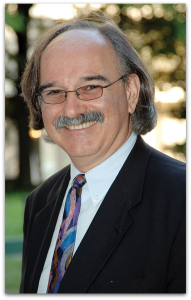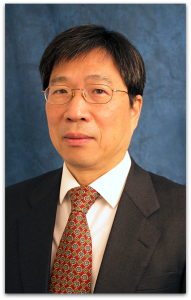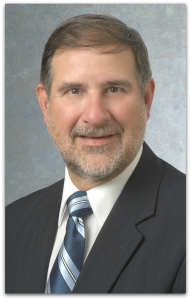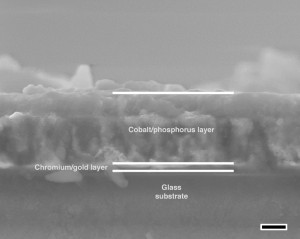The results of the 2015 ECS Officer elections are in. Congratulations to the new ECS President and 3rd Vice President.
 Daniel Scherson
Daniel Scherson
Elected to President of the Board of Directors
Daniel Scherson is currently the Frank Hovorka Professor of Chemistry at Case Western Reserve University. He received a PhD in chemistry from The University of California at Davis under the late Joel Keizer working in the area of nonlinear, non-equilibrium thermodynamics.
His interests in interfacial science prompted him to spend the next four years as a postdoctoral research associate in the laboratories of John Newman at UC Berkeley, Phil Ross at the Lawrence Berkeley Laboratory, Ernest B. Yeager at Case Western Reserve University, and finally at the Fritz Haber Institute in Berlin, Germany, working both with Heinz Gerischer and Dieter Kolb, from whom he acquired both theoretical and experimental knowledge in the general area of physical electrochemistry, which ultimately shaped his academic career. Read more.
 Yue Kuo
Yue Kuo
Elected to 3rd Vice-President
Yue Kuo is currently the holder of the Dow Professorship at Texas A&M University of Chemical Engineering. Due to his extensive experience and research in solid state science, Dr. Kuo has established the Thin Film Nano & Microelectronics Research Laboratory, which is dedicated to solid state research and education.
Among his many honors, Dr. Kuo has been awarded ECS’s Electronics & Photonics Division Award (2007) and the prestigious ECS Fellowship Award (1999). Dr. Kuo will also be receiving the ECS Gordon E. Moore Medal for Outstanding Achievement in Solid State Science and Technology at the 227th ECS Meeting this May. He has authored many papers and edited many journals, including the Journal of The Electrochemical Society from 2003 to 2012. Read more.








